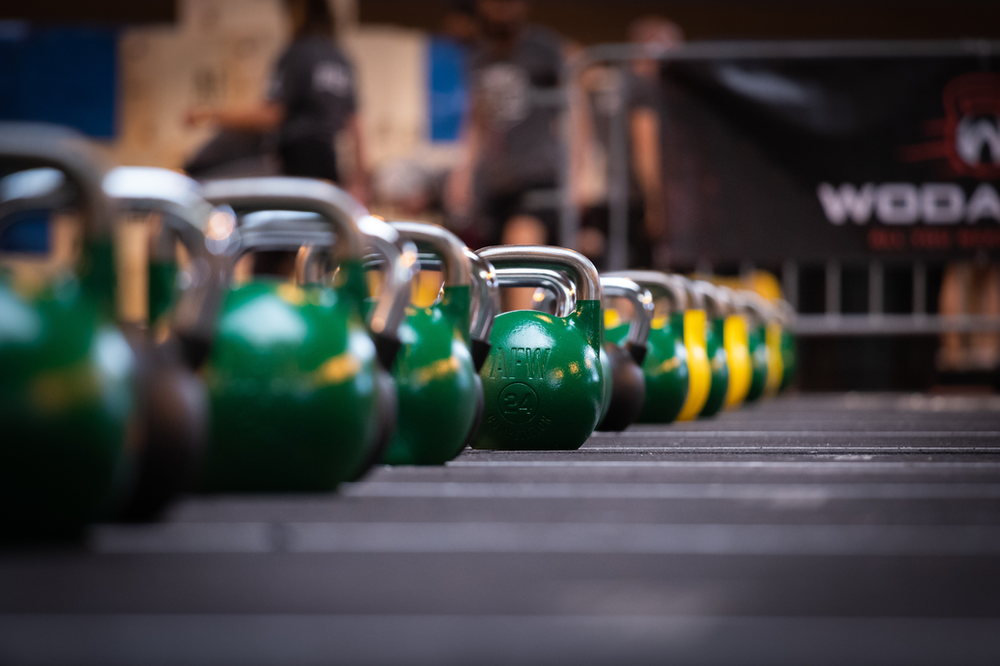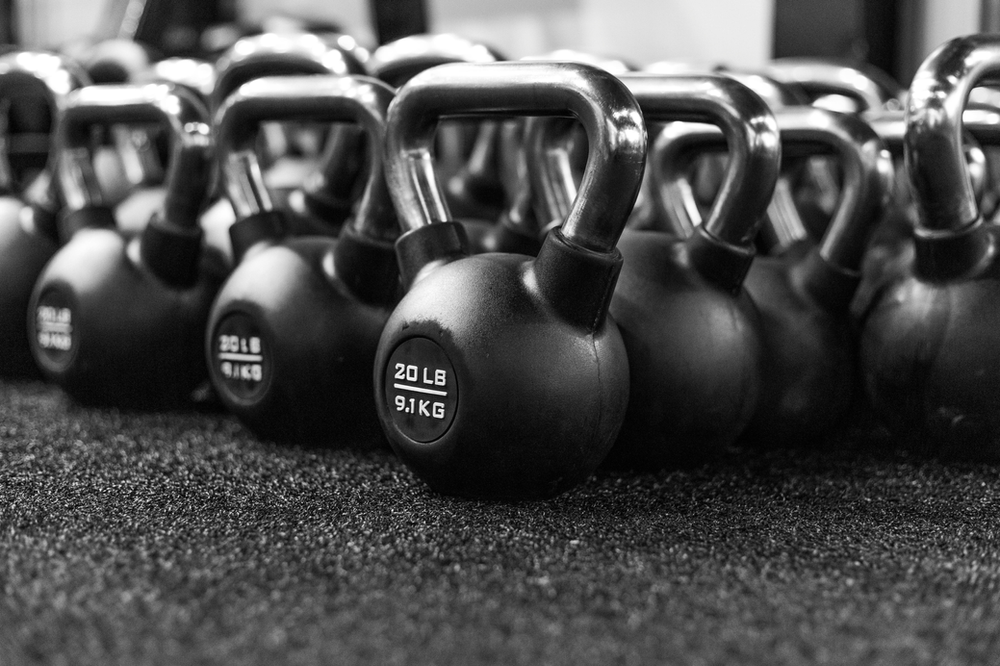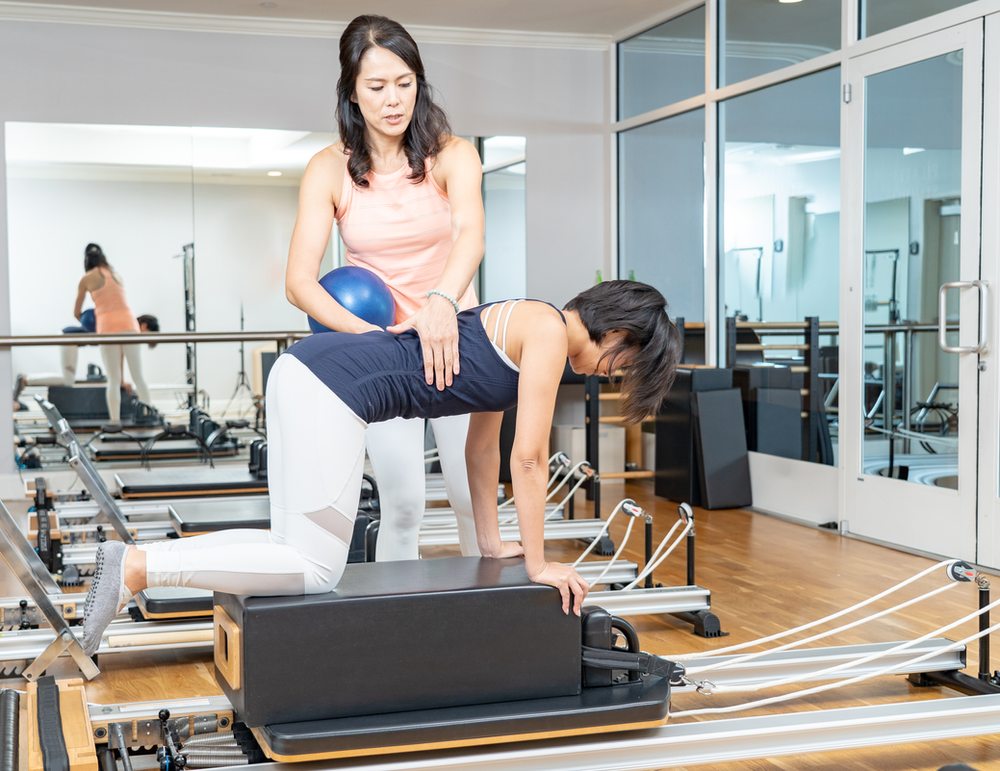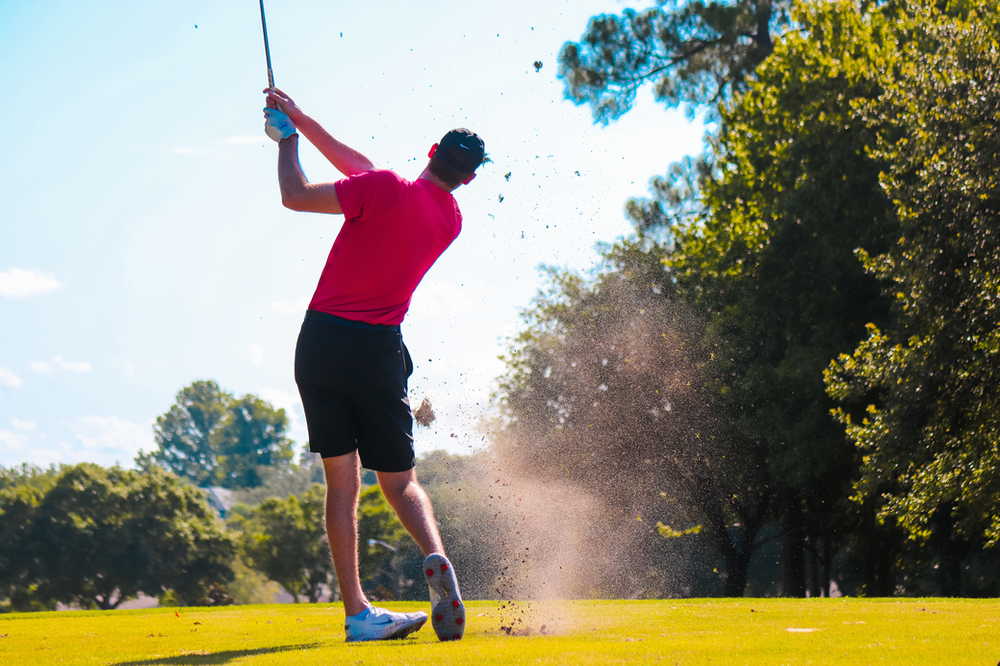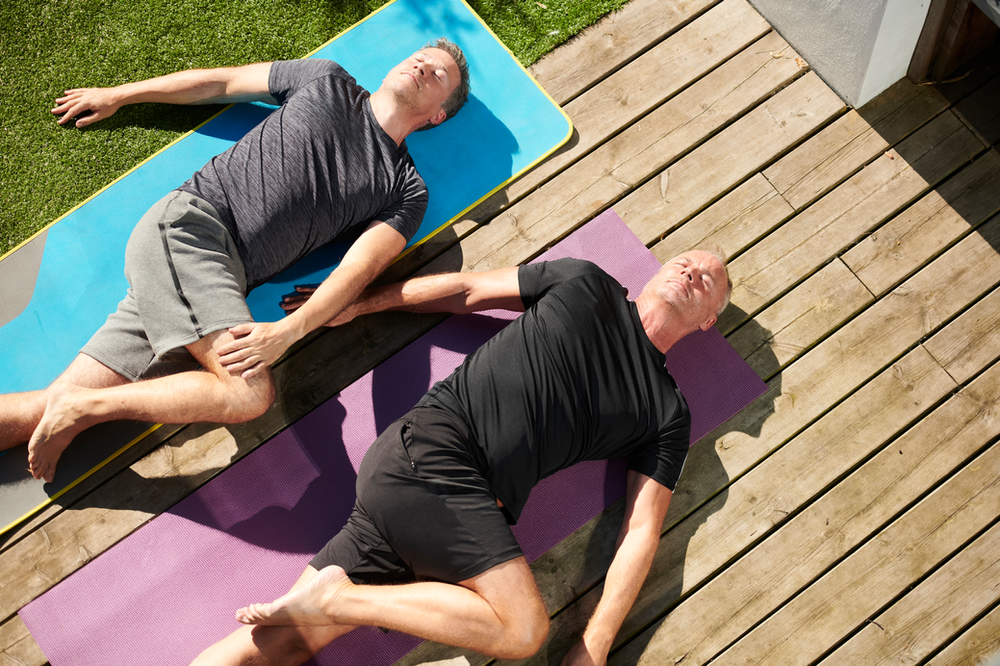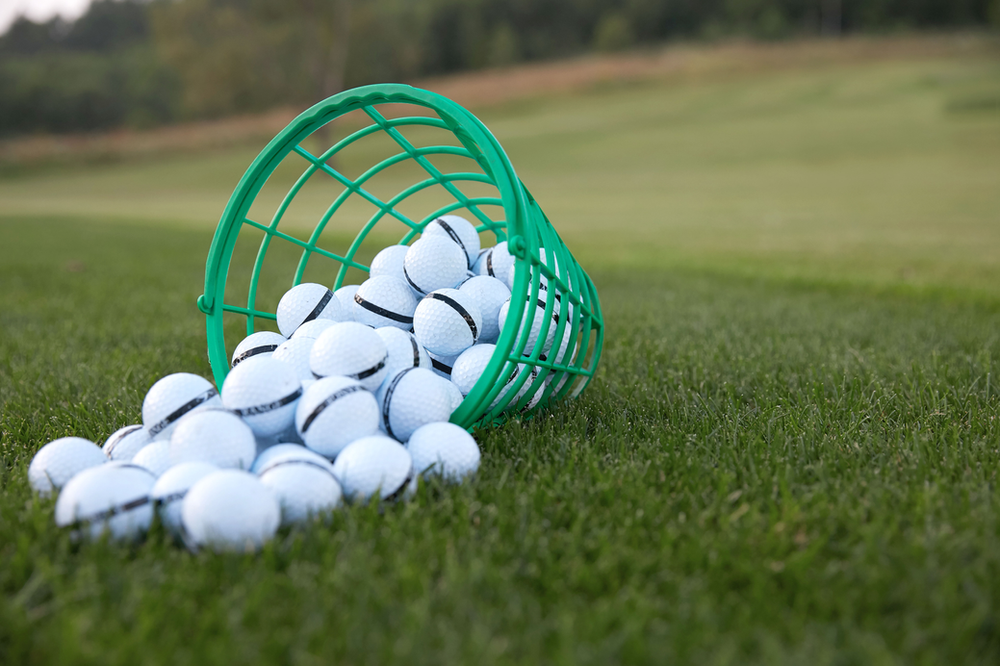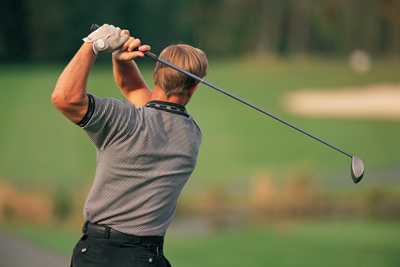Get in touch
(618) 746-9419
AdaptiveFitnessInfo@gmail.com
Unlocking Power And Distance In Your Golf Swing Part 2
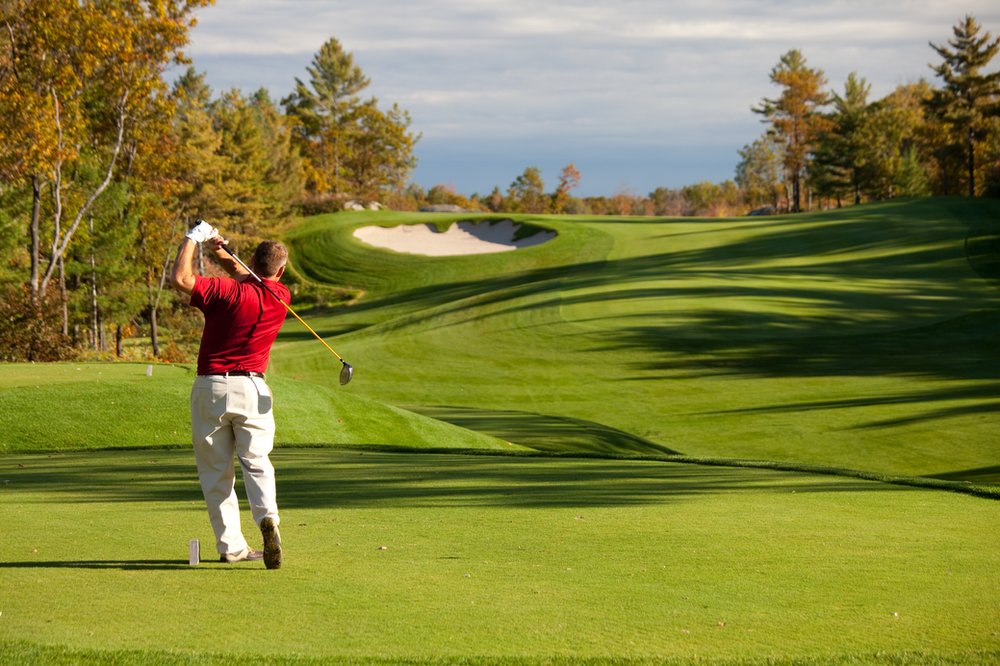
In the last blog, we covered physical limitations and their potential impacts on power and distance in the golf swing. In this blog, we are going to delve into how swing efficiency will impact your golf performance. The golf swing is a highly complex kinematic sequence, where building brute strength or raw speed isn't always the answer. It's the properly timed application of force throughout the sequence of the golf swing that yields the most efficient transfer of energy to the ball at impact—referred to as swing efficiency.
Swing efficiency refers to the ability to generate, control, and transfer load (force exerted over a surface or body) across multiple joints and muscles in a specific pattern to minimize the loss of energy and maximize potential power. In simpler terms, limiting energy loss during your golf swing will result in the largest increase in distance in the shortest amount of time. To achieve this, we need the ability to create or generate power, control how, where, and when that power is applied during the golf swing. Many golfers aim to increase clubhead speed to increase distance, and while speed is important, it's only one part of the equation. We will delve more into the mechanisms of achieving more speed and power in the fourth part of this blog series.
Let's begin with power generation. There are a couple of ways we produce power in the golf swing, with ground force being a significant contributor. Ground force is the ability to use our larger leg/hip muscles to build storable energy by interacting (push/pull) with the ground. Since our lower body muscles are much larger compared to the upper body, we have the most potential to create power from the lower body. Additionally, we can add to that initial stored power during specific sections of the swing using our core, arm, shoulder, and wrist muscles. It's crucial to remember that the kinematic sequence of the golf swing dictates the proper flow of force to reach peak potential. For instance, allowing our arms to fire in front of our torso and hips can impact our ability to return to a proper impact position, leading to inconsistent impacts and a reduction in overall potential power and distance. While many people can generate ground force, they often lack the ability to control the force and allow it to efficiently build through impact.
For the golf swing to be efficient, it requires the golfer to have the ability to control and manipulate force. Once power has been generated, we must control the transfer of force through the torso, into the arms, and finally, the club. To control the force and move properly, we must be able to stabilize body segments above and below our mobile joints. This is why building speed and power on a weak foundation can be problematic. If your body has physical limitations or struggles to stabilize under force, it will impact your performance and influence ball distance and accuracy, regardless of strength or speed training.
The primary loss of efficiency that I observe in most amateur golfers today is the inability to stabilize the lower core abdominal muscles. This results in the inability to match the lower body with the upper body, leading to multiple performance losses. The inability to properly stabilize the lower core means that all the power generated from the legs (where we want a majority of our power to come from) will be lost during unwanted/uncontrolled motion in the torso. Our spine is made up of stacked joints with the potential for motion. While this is great for allowing motion, if our core muscles can't control when and how motion is applied, there can be a tremendous spike in pressure to the joints or surrounding soft tissue in the back, typically resulting in low back pain and back injuries for most golfers. In addition to injuries, we lose the ability to efficiently transfer the load built in our legs and transmit it into our arms. This means the maximum amount of force that can be applied to the club at impact is drastically reduced. I find that a majority of golfers with instability in the back or core try to compensate for this loss by speeding up the arms. This results in scooping, swaying, sliding, loss of posture, chicken winging, and other unwanted motions in the golf swing, reducing control of the clubface or impact position and leading to decreased ball strike consistency, and an increased likelihood of fat/thin and hook/pull or slice/pushed ball flights—all of which drastically decrease your distance.
The average PGA Tour professional or high-level amateur spends hours every day in the gym, at the driving range, and on the course to maintain and improve physical capacity, strength, and speed. It takes a large amount of dedication and time to be one of the best. The good news is, while it does require time to improve, a casual golfer can expect a significant improvement in performance per hour of practice when they know where to focus. As mentioned in the previous blog, it's challenging to build speed and strength if a strong foundation isn't built first (click here to review https://www.adaptivefitnessgolf.com/post/unlocking-power-and-distance-in-your-golf-game-part-1 ). The golf swing incorporates Flexibility, Stability, Strength, and Motor Control. When we have reduced flexibility, stability, strength, or motor control, the body works overtime to try and make up for the deficits. Any altered pattern will typically yield a loss of distance as well as inconsistent ball strikes and an increased risk of injury. Once we establish how your body impacts your golf swing, we can get to work creating your most efficient swing.
In part 3 of Unlocking the Key to Power and Distance For Your Golf Game, we will cover the importance of properly fit golf clubs as well as what to watch for when buying new clubs.
#GolfFitness #TPIGolf #SwingBetter #GolfPerformance #GolfWellness #TPIFitness #TPIPower #TitleistPerformanceInstitute #AdaptiveFitnessGolfPerformance #AdaptiveFitnessGolf
Steve Washburn, PTA, NASM-CPT,
Titleist Performance Institute Level 2 Certified
Medical, Power and Fitness Professional
Navigation
Contact Info
AdaptiveFitnessInfo@gmail.com
(618)746-9419
All Rights Reserved | Adaptive Fitness Golf Performance
Website By: New-Tie Marketing
